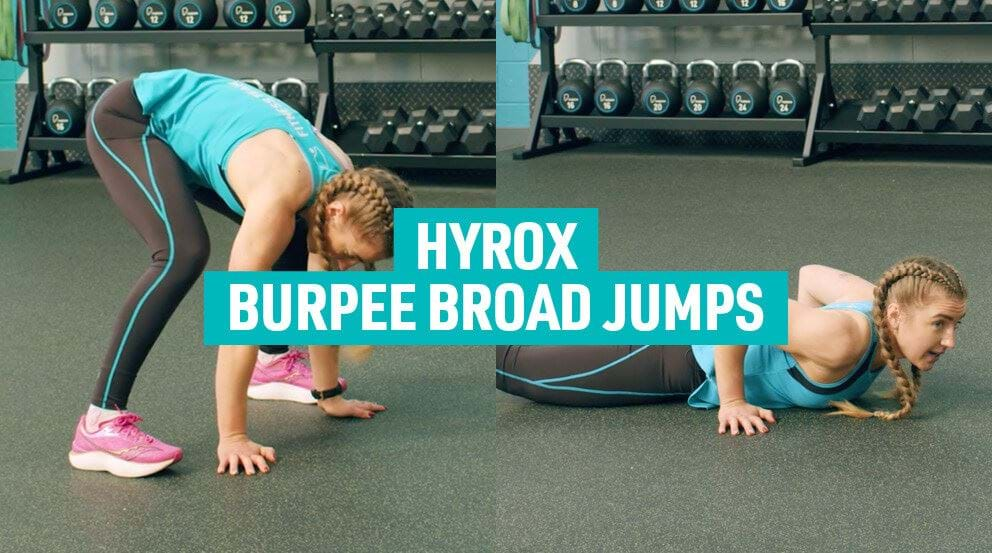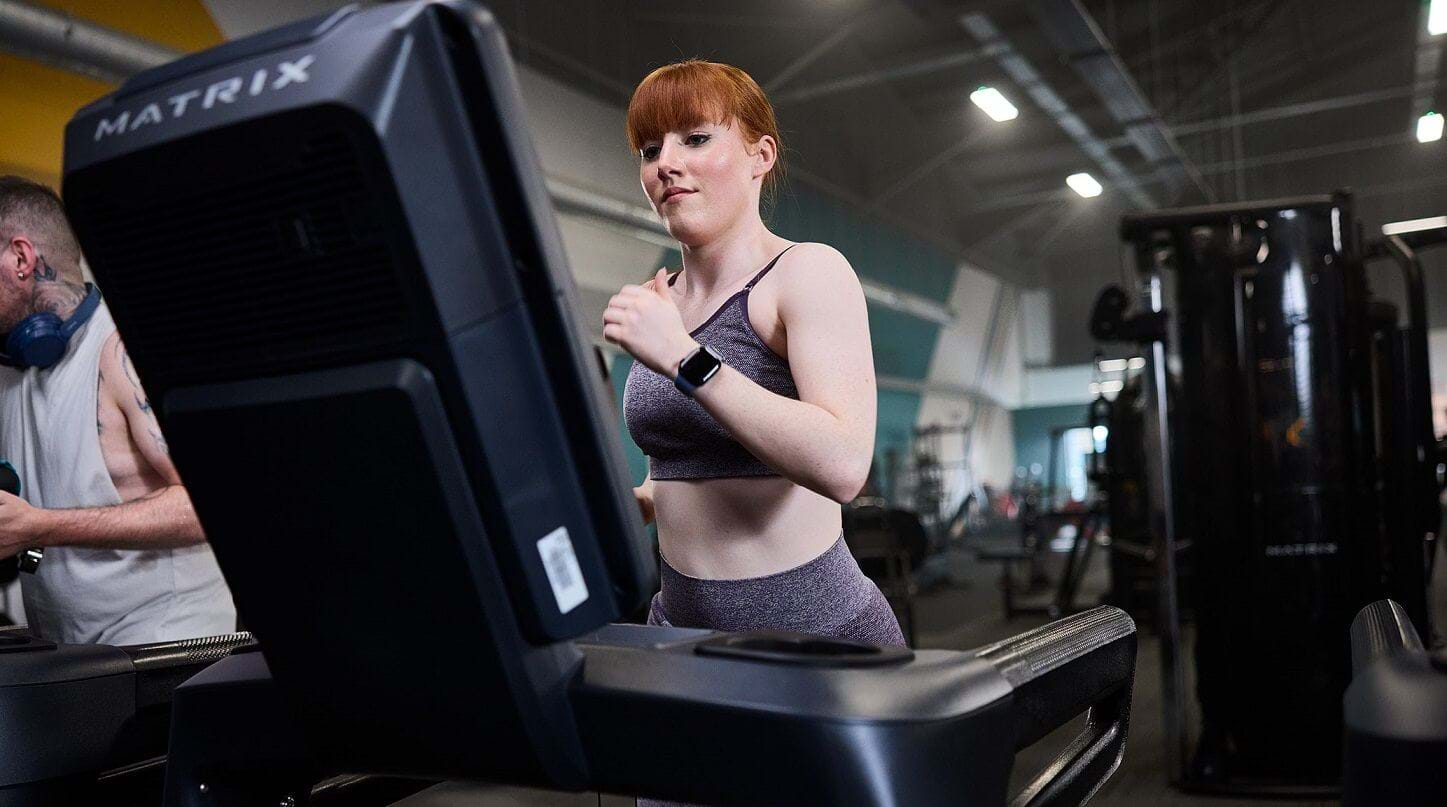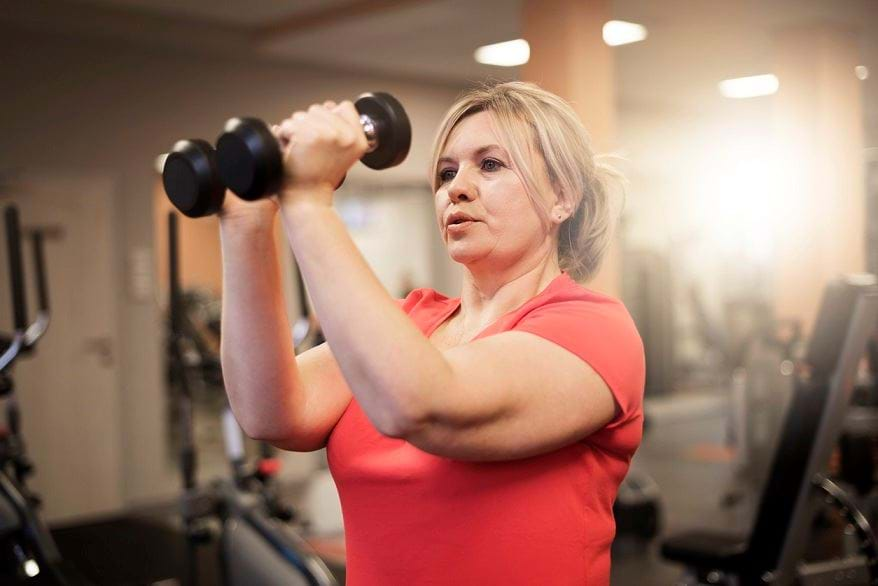What is a sedentary lifestyle and how to avoid it

Have you found that a few missed days at the gym has turned into a few months? Has working from home meant your daily walks have been replaced with a shuffle to your makeshift home office? Perhaps you've always hated exercise, and have drifted into the habit of spending most of the day sitting or lying down. If so, it could be that you've fallen into a sedentary lifestyle. Learn more about what this is, and how to ease yourself out of it with this guide.
What is a sedentary lifestyle?
A sedentary lifestyle is another term for being physically inactive. If you walk every day, regularly head to the gym, exercise at home or are on your feet all day at work, then you would most likely be considered to be fairly active. Sedentary activities tend to include anything that doesn't involve physical movement. So, if you drive or get the bus to work, sit at a computer for the bulk of the day and are unable to make time for regular workouts or exercise, then you're probably physically inactive or sedentary.
The NHS' guidelines for how much exercise adults (aged 19-64) require each week is to do:
- at least 150 minutes of moderate intensity activity a week
- or 75 minutes of vigorous intensity activity a week
Anything less than this starts to lean towards a more sedentary routine.
According to gov.uk 'around 1 in 3 (34%) of men and 1 in 2 (42%) of women are not active enough for good health'. The UK is currently 20% less active than in the 1960s and at the current trajectory could be as high as 35% less active by 2030. This shows that inactivity is definitely on the rise, thanks in no small part to lockdown restrictions throughout 2020 and 2021.'
What are the risks of a sedentary lifestyle?
'Physical inactivity is responsible for one in six UK deaths (equal to smoking) and is estimated to cost the UK £7.4 billion annually (including £0.9 billion to the NHS alone).' - Gov.uk
Unfortunately a sedentary lifestyle is often linked to a range of negative health consequences and risks. An article posted by John Hopkins Medicine highlighted that physical inactivity can lead to an increased risk of:
- certain cancers
- anxiety and depression
- certain cardiovascular diseases
- coronary heart disease
- excessive weight or obesity
- a decreased skeletal muscle mass
- high blood pressure
- cholesterol levels
That may seem like a pretty negative picture, so let's paint a more optimistic one. While it's important to understand the risks of a sedentary lifestyle, it can perhaps be better to consider all the incredible benefits of being physically active instead. By increasing your daily movement you can:
And there are so many more fantastic health benefits. While you may not suffer with health problems now, being physically active can help to support your body as you get older, keeping you happy and healthy as well as fighting fit.
Are there any benefits of a sedentary lifestyle?
To be frank, there are very few benefits to a sedentary lifestyle. In fact, the only times that sitting or resting more would be advised, is if you have any health conditions or injuries that would prevent you from exercising.
For example, if you've twisted your knee, it's generally agreed that you should rest until it's recovered. Likewise if you're suffering with a cold or flu, most doctors would likely encourage you to relax until you feel better. The body does sometimes need to focus on recuperation in order to be fit and well enough to carry on in the future.
If you have ongoing health conditions, it can be worth trying different types of exercise to find one that suits you and your abilities. Some gentle yoga, chair stretches or just a short walk every day could be a good starting point if you can, or certain people prefer a relaxing, low impact swim so less weight is placed on the bones and muscles. Simply try to do what you can, every bit of effort definitely helps.
How to avoid a sedentary lifestyle
If you've fallen into a sedentary lifestyle, the idea of getting into a workout routine may seem daunting. There are, however, some simple steps you can take to boost your activity levels:
- Perform some kind of physical activity every day, even if it's very small. Any is better than none, so if the idea of a full half hour's workout or a run seems intimidating, you can start with small stretches, short walks, or even dancing in your kitchen to get started. Check out our How to Sneak Movement into Your Life guide for more ideas.
- Strength exercises are a great way to incorporate activity without working up a sweat (if you'd rather avoid too much movement). In fact, the NHS recommends at least focusing on strength movements at least two days a week. This could be anything from bodyweight exercises like squats, planks or lunges, right through to heavier weight lifting. Check out this guide to resistance training to find out more.
- Break up longer periods of not moving with movement, like standing up to make a cup of tea, to get some water or simply spend a couple of minutes stretching and moving. This all adds to your NEAT (Non-Exercise Activity Thermogenesis), which is essentially all activity that isn't typically considered to be exercise. Learn more about NEAT with our guide.
- Mobility and flexibility are also important for your physical wellbeing, and can be integrated into your day in gentle ways. Yoga and pilates are particularly great for these, but you can also perform stretches and easy flow actions to keep your body moving. Our Mobility Exercises guide explains more.
- Don't be afraid to get started at a gym. Sometimes it can really help to have a set location to work on your fitness, and gyms will have all the equipment you need. It may feel intimidating, but it doesn't need to be - everyone has to start somewhere. We've shared our top tips for starting a gym routine here.
- Focus on consistency and forming active habits - it's one of the best ways to make sure you're getting the right amount of exercise every week. Making movement part of your weekly routine will help to keep you motivated, helping to form a lifestyle rather than trying to force yourself to exercise. Learn more with our How to Build Healthy Habits guide.
Find a gym near you and begin your fitness journey today! Even if you can only make the gym once or twice a week, it all helps. If you're not sure where to start, then consider booking in a session with one of our expert Personal Trainers, they'll be able to provide advice, guidance and support for improving your fitness. Not ready for the gym yet? Then download the free PureGym app (even if you're not a member!) - it has lots of workouts tailored for beginners that you can try at home.


